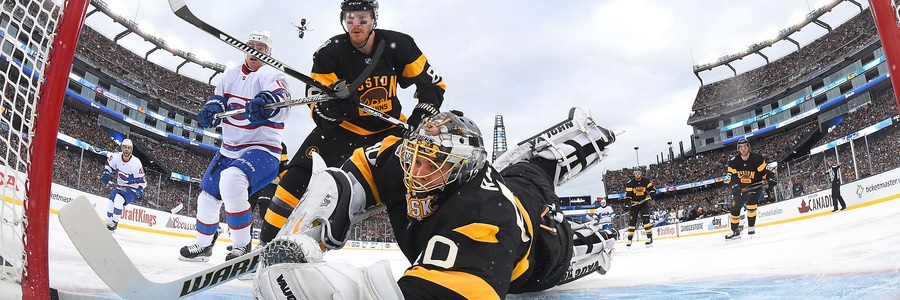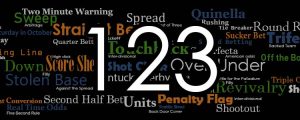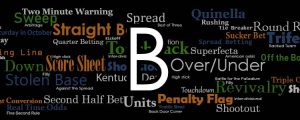If you a keen follower of the NBA and the NHL Playoffs, then the Zig-Zag Theory is a term that you have probably come across at some point in your sportsbook betting endeavors. The online betting theory has particularly been popularized over the past decade or so, with the NBA and NHL best-of-seven playoff series—which uses the 2-2-1-1-1 playing format—being the driving force for its proponents.
Zig-Zag Theory Explained With Case-and-Point For The NBA And NHL Playoffs
In essence, the philosophy behind the Zig-Zag Theory is that playoff games, especially those that use the best-of-seven series format—have a tendency of shifting winning momentum between home and road games depending on how each team performed in the previous game. In other words, the idea in this theory is that each game in a playoff series is often affected by the result of the game that preceded it, so bettors should be able to study the momentum between games and duly use that to handicap future bets.
Using the Zig-Zag Theory to Handicap NBA Betting Lines
In the NBA playoffs, home court advantage is usually a key factor for success; a big reason why teams with home court advantage tend to succeed a lot in the 2-2-1-1- format, which begins with 2 home games (for the team with the home court advantage), followed by two home games for the other team, and then alternating home and away games for the remainder of the series.
As per the Zig-Zag Theory, teams with home court advantage typically tend to start the series strongly, often gong 2-0. By the time we get to get to Game 3, the lesser-seeded team is thus likely to find itself in a do-or-die situation trying to avoid going to the scary 0-3 hole at home and being one game away from losing the series. Going to Game 3 with a 0-2 hole is therefore viewed by proponents of the Zig-Zag Theory as a perfect time for the lesser-seeded team to play its heart out and bounce back with a win or at least a cover of the spread. With an outright win-rate of over 60 percent for lower-seeded teams that go to Game 3 with a 0-2 hole, it goes without saying that there is certainly some truth to this theory.
The other instance that is considered as perfect opportunity to implement the Zig-Zag Theory is when a higher seeded team loses Game 1 at home (mostly as a favorite), with Game 2 often seeing the home team bouncing back with an outright win. Historically-speaking, this scenario produces a solid winning percentage of around 75 percent for bettors banking on the home team to bounce back with a victory in Game 2.
Depending on the nature of the previous result, the final three games of the series (2 home games for the higher-seeded team sandwiching 1 home game for the lower-seeded team) can also produce measured Zig-Zag Theory betting success.
Using the Zig-Zag Theory to Handicap NHL Betting Lines
Whereas home ice advantage isn’t as strong in the NHL as home court advantage is in the NBA playoffs, some modicum success can be found if the Zig-Zag Theory is applied appropriately. The most common scenario is when a team is coming off a huge win (which often comes with complacency that leads to an upset in the next game) or a home team coming off a narrow loss (that motivates them to correct their few mistakes for a winning result in the next game. Otherwise, in most instances, the general trends explained above in the NBA section apply more-or-less in the same way in NHL betting.
Rejoinder on Zig-Zag Theory Betting
Like all theories, the Zig-Zag Theory is not a foolproof method. Injuries, suspensions, motivation (i.e. looking to end a bad history) and momentum can affect the theory invariably, so caution and consideration of all the circumspect aspects of a game is crucial when looking to profit from this popular and well-founded, but equally risk, betting strategy.



